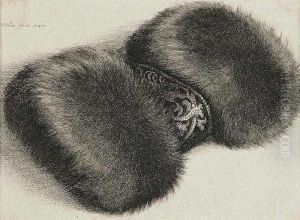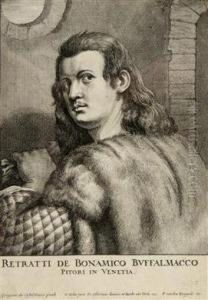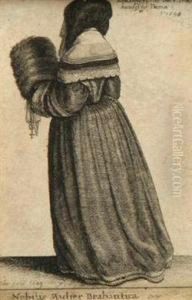Hollar Vaclav Paintings
Václav Hollar, born in Prague on July 13, 1607, was a Bohemian etcher renowned for his prolific output and mastery in capturing landscapes, cityscapes, and the daily life of his era. His work provides a detailed and comprehensive visual record of the 17th century. Hollar's early life in Bohemia was disrupted by the Thirty Years' War, leading him to leave his homeland and travel through Germany to eventually settle in England, where he would spend most of his career.
Hollar’s artistic journey began under the tutelage of Matthäus Merian in Frankfurt, a notable figure in the world of printmaking. In 1636, Hollar moved to England under the patronage of Thomas Howard, the 21st Earl of Arundel, a prominent art collector and cultural patron. This connection proved pivotal for Hollar, providing him with the means to undertake extensive travels throughout Europe, capturing landscapes, towns, and notable architectural works through his etchings.
Despite his association with the Earl of Arundel, Hollar’s life was not without financial difficulties. His works were highly detailed and time-consuming, often not providing sufficient financial return. During the English Civil War, Hollar sided with the Royalists, a stance that led to his exile to Antwerp in 1644. During his time in Antwerp, Hollar continued to produce a vast array of etchings, including city views, costumes, and historical scenes, further establishing his reputation.
Hollar returned to England in 1652, where he continued his work, including the production of maps, landscapes, and book illustrations. His most notable works from this period include the 'Long View of London from Bankside', a panorama of London before the Great Fire of 1666, which stands as an invaluable historical record.
Despite his contributions to art and the invaluable historical record his works provide, Hollar died in poverty in London on March 28, 1677. His legacy, however, endures through his etchings, which continue to be celebrated for their precision, detail, and the insight they offer into the 17th-century life. Hollar’s work remains a subject of interest for historians, art historians, and collectors alike, providing a window into the past that is both artistic and documentary in nature.










